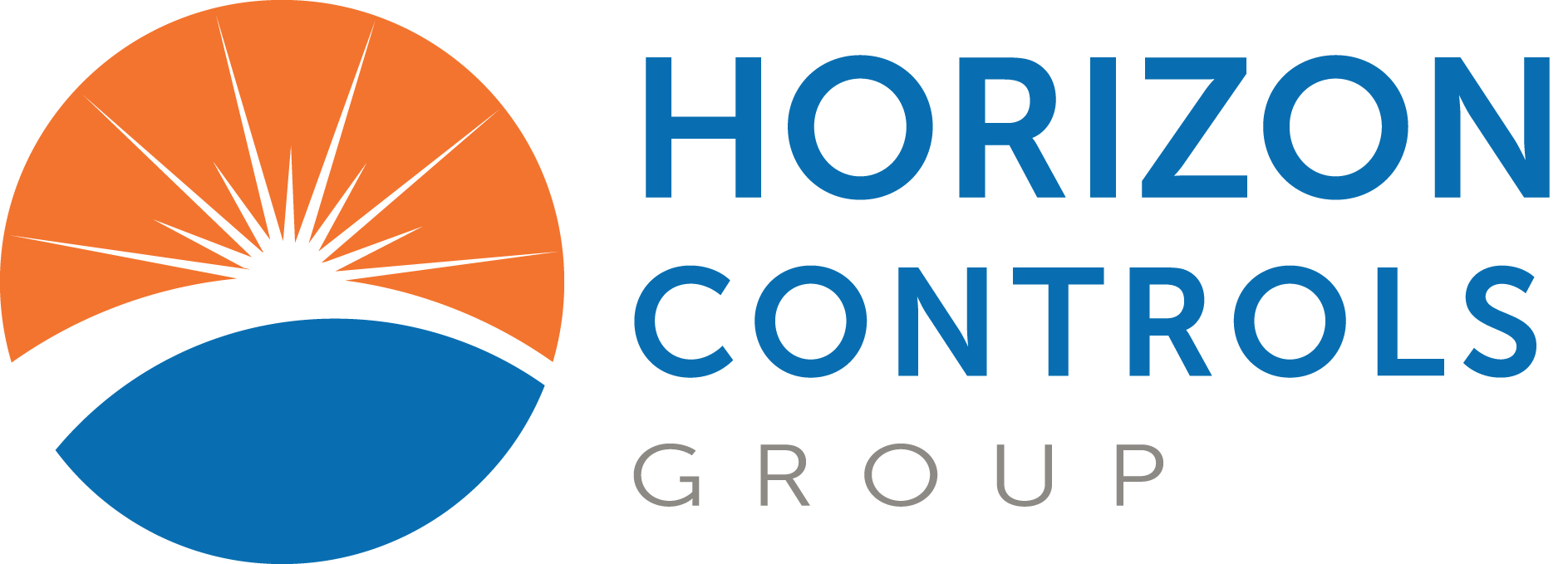Strategic Planning and Timelines for a Successful Transition to DeltaV Live

DeltaV™ Operate will be phased out as Emerson focuses on future updates and innovations for the DeltaV Live platform. It is expected that Emerson will support DeltaV Operate in versions v14, v15, and V16 included. From DeltaV v17, the only operator interface will be DeltaV Live. This shift makes migrating to DeltaV Live not only a strategic advantage but also a critical necessity to stay ahead in the evolving landscape.
In the life sciences sector, where system upgrades typically follow a five-year cycle, strategic planning for the transition to DeltaV Live is not only beneficial but essential. The ever-evolving nature of regulatory compliance, technological advancements, and operational needs demands that manufacturers stay ahead of the curve. The introduction of DeltaV Live brings advanced capabilities, but to make the transition successful, life sciences manufacturers must carefully assess their systems, plan for upgrades, and set realistic timelines.
DeltaV™ Live is compatible with systems running version 14.LTS or later.
Timeline Considerations
A successful transition to DeltaV Live requires detailed planning and defined timelines. Below are the key phases in preparing for the DeltaV Live upgrade:
Initial Assessment (6-12 Months Before Upgrade)Once the upgrade is complete, thorough validation is necessary to ensure that the system complies with regulatory requirements and meets operational expectations. A successful system upgrade is essential before beginning the integration of DeltaV Live.
It might be considered validation of new graphics and interfaces in an upgraded development system while the main system is under going a version upgrade to expedite project delivery. Validation should include the transition from a development system to a validated system.
Training sessions should also be scheduled to ensure that operators become familiar with the new interfaces and functionalities of DeltaV Live. Since time is of the essence in the life sciences industry, careful planning is required to ensure operators can adapt to the new system without disrupting production.
This stage also includes the integration of advanced features such as HTML5 support, alarm management tools, and customizable display interfaces tailored to operational needs.
Training sessions should also be scheduled to ensure that operators become familiar with the new interfaces and functionalities of DeltaV Live. Since time is of the essence in the life sciences industry, careful planning is required to ensure operators can adapt to the new system without disrupting production.
This stage also includes the integration of advanced features such as HTML5 support, alarm management tools, and customizable display interfaces tailored to operational needs.
Key Takeaways for Life Sciences Manufacturers
The typical five-year upgrade cycle in the life sciences industry means that early planning for the DeltaV Live transition is crucial for a smooth and successful upgrade. Transitioning from older DeltaV systems to version 14.LTS or later requires careful coordination and ample lead time to ensure compliance with regulatory standards, avoid production disruptions, and train staff effectively.By beginning the upgrade process early and finding creative ways to leverage new operate interfaces, life sciences manufacturers can achieve a seamless transition to DeltaV Live, ultimately improving operational efficiency, compliance, and the user experience across the entire manufacturing process.
LEARN MORE about the challenges and solutions for a smooth transition to DeltaV Live.
Looking for a partner to support your transition to DeltaV Live?
Reach out to our experts today for tailored advice and seamless guidance through every phase of your upgrade.
